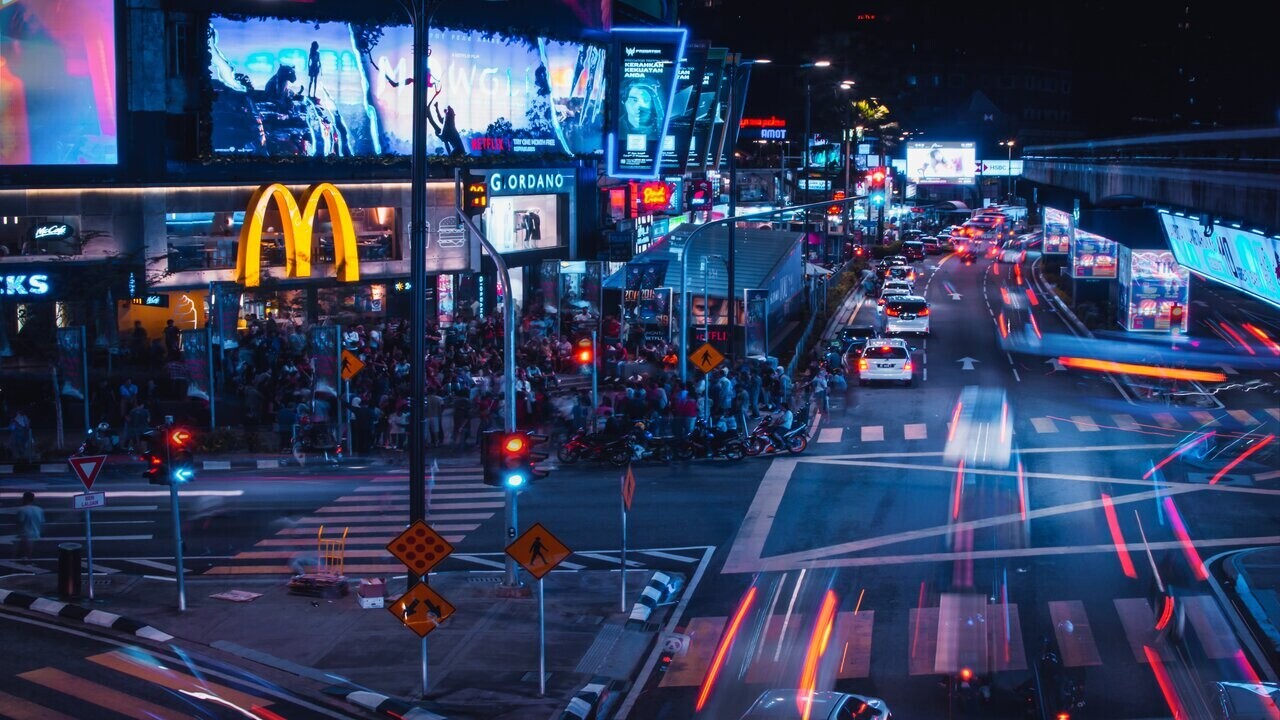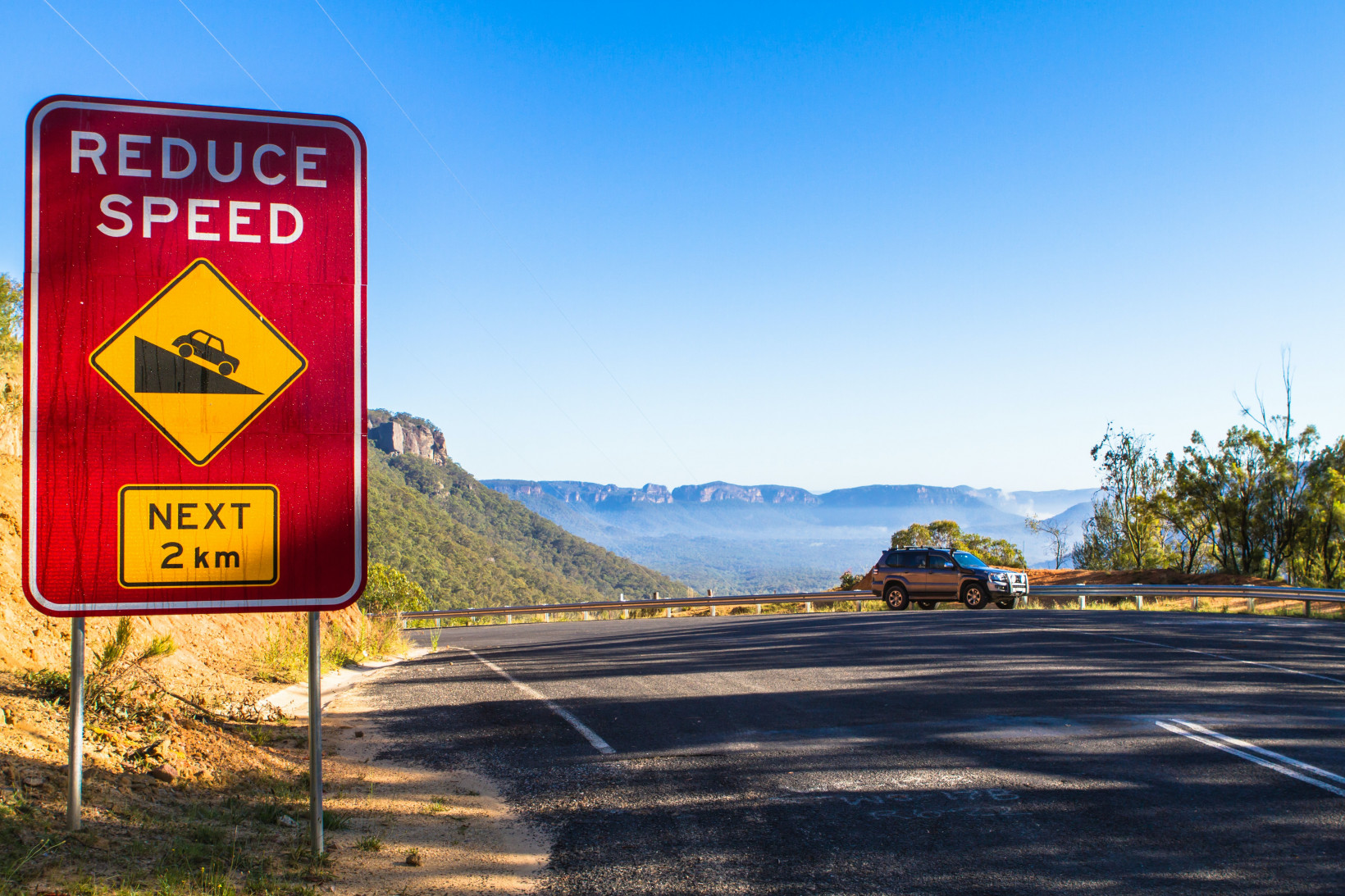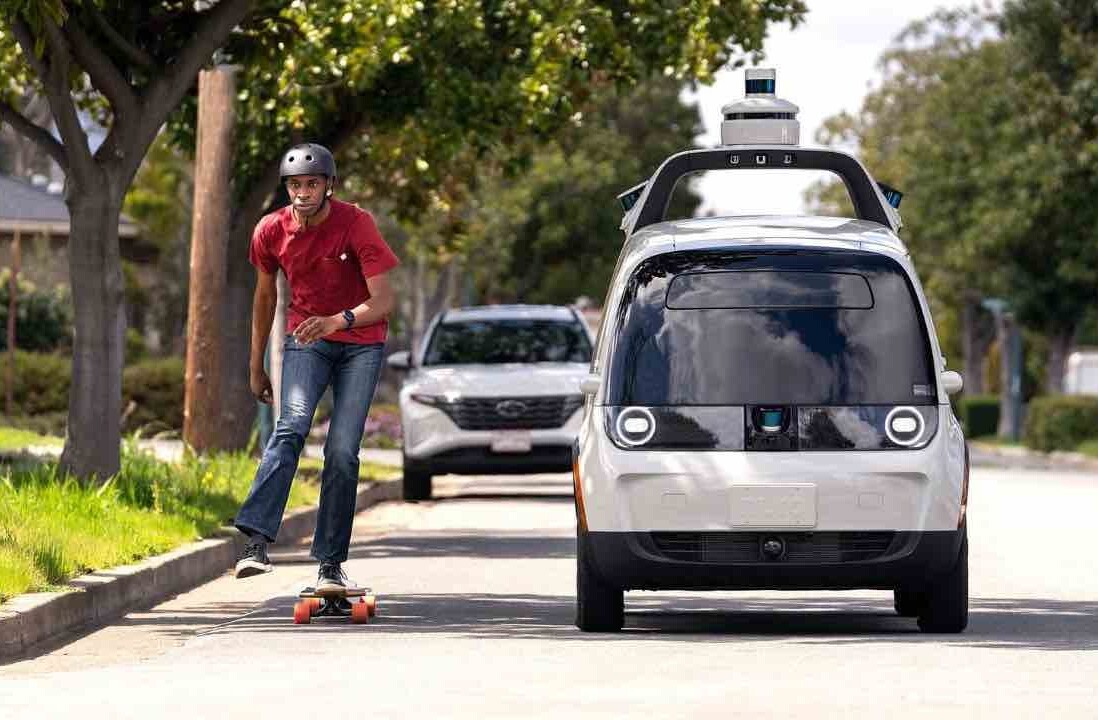
Last week, the US Department of Transportation Secretary announced the National Roadway Safety Strategy launch. The strategy aims to respond to a national crisis: deaths and serious injuries involving cars and heavy trucks.
It’s a collaborative effort between a range of government departments, such as the National Highway Traffic Safety Administration and Federal Motor Carrier Safety Administration, to centralize many tasks and responsibilities under a central plan. It gets its funding from the bipartisan Build Back Better bill.
I took a look through the 40-something page document, and I’m summarising the main points for you and offering some analysis.
The Safe System Approach
The National Roadway Safety Strategy embraces an approach that acknowledges that humans make mistakes:
People will inevitably make mistakes and decisions that can lead to or contribute to crashes. Still, the transportation system can be designed and operated to accommodate certain types and levels of human mistakes when a collision occurs.
But overall, the plan goes through five themes:
Safer people
- A focus on alcohol and drug-impaired driving research and interventions.
- Support research and development of technology to detect and prevent alcohol and drug-impaired driving. (We’ve written a lot about this).
- Require State agencies to remove licenses from commercial drivers with drug or alcohol violations who are uncleared to return to duty.
- Encourage States to apply for funding to collect information on the race and ethnicity of the driver in motor vehicle stops.
- Increase traffic enforcement against risky driver behavior focused on high crash frequency locations.
Safer roads
This is about incorporating design elements that help prevent crashes and mitigate harm when they occur. The strategy alludes to some interesting research. For example:
- 90% of pedestrian fatality hotspots are on roadways with three or more lanes, and 70% have five or more lanes of traffic that pedestrians had to cross.
- 75% of all fatal pedestrian crashes occur in darkness.
With this in mind, the strategy includes intentions to:
- Launch a comprehensive Complete Streets Initiative and provide technical assistance to local communities to implement policies that prioritize user safety in transportation network planning, design, construction, and operations.
- Incorporate lighting into Complete Streets implementation.
Safer vehicles
- Develop proposals to update consumer information on vehicle safety such as pedestrian protection systems and automatic emergency braking and lane-keeping assistance to benefit bicyclists and pedestrians.
- Provide a New Car Assessment Program road map to show how technology may advance vehicle improvements over the next ten years.
- Update the Monroney consumer label to include crash avoidance information.
- Create a public database of information that can inform safer passenger vehicles.
- Initiate the making of new rules to require:
- Automatic Emergency Braking and Pedestrian Automatic Emergency Braking technologies on new passenger vehicles and heavy trucks.
- Manufacturers to provide notification when there is a crash involving Automated Driving Systems.
Safer speeds

- Clarify key criteria used in setting speed limits.
- Help communities set context-specific speed limits.
- Revise Federal Highway Administration guidance and regulations by encouraging the setting of context-appropriate speed limits and creating roadways that help to “self-enforce” speed limits.
- Provide noteworthy practices for reengineering roads to slow down vehicles, rather than just enforcing speed limits.
- Promote speed safety cameras.
Post-crash care
- Develop and implement an outreach plan for emergency medical services (EMS) training targeted at improved responder and motorist safety.
- Improve the delivery of EMS by focusing on shortening ambulance on-scene response times.
Is the aim of zero safety just wishful thinking?
The US is not the first country to focus on a zero fatality approach. Sweden first instigated it under the moniker Vision Zero in 1997. Canada, the Netherlands, and the UK have since followed suit.
It’s easy to classify this document as a doorstop or a document that kickstarts some cool projects, only to be shelved upon a change of government.
But I think this is the perfect time for this project. The Build Back Better Act focuses on repairing and improving road infrastructure. Like the legislation, it provides a commitment to cars, trucks, cyclists, pedestrians, and other road users.
I’m also interested in the admission of human error. Autonomous vehicles aim to reduce road accidents, offering greater safety than human drivers. The plan makes mention of tech such as automated braking. However, human-assisted vehicle automation can also lead to accidents. I’ll be interested to see how and if this plan can manage the contention.

I’m curious how self-enforced speed limits work, given the strategy also promotes greater use of speed cameras. It seems somewhat contradictory, or is it more about finding a solution to the problem of racial profiling and police traffic stops?
Overall, this is an ambitious proposal. It’s well-intended, but I’d like some timelines and actionable items to get a sense of how and when the safety goals will be reached.
Get the TNW newsletter
Get the most important tech news in your inbox each week.





